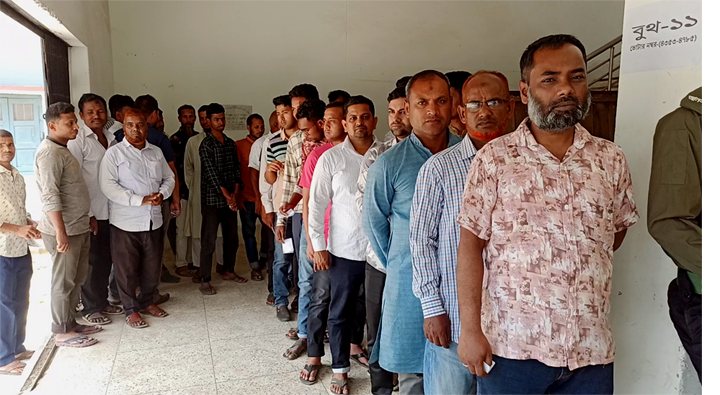Impair applications really are developed against a remote API that is separately managed with a third party, typically the cloud service agency. Instigated by changes, for instance pricing, porting an application coming from consuming some API endpoints to another sometimes requires a lot of re-engineering especially given that even syn¬tactically similar APIs could digress semantically. Consequently, the enhancing realisation of this inevitability of cross-cloud calculating led to numerous pro¬posed alternatives. As expected using such a nascent field, there is also a certain level of confusion as a result of the use of non-convergent terminology: amalgam clouds, multi¬clouds, meta-cloud, federated clouds, and so forth The first con¬tribution of this report, thus, should be to offer a coherent un¬derstanding associated with cross-cloud processing. The second side of the bargain is a classification based on the termi¬nology witnessed to date in this field along with promi¬nent efforts of each and every, describing their modus operandi and commenting on their appropriateness and restrictions, and how that they relate to the responsibility of different stakeholders. The third plus fourth benefits are a overview of current obstacles and a great outlook about research opportuni¬ties, respectively. These types of contributions will be targeted towards mapping the forthcoming focus of cloud specialists, specifically application builders and research workers.
Why cross impair boundaries?
Some sort of cross-cloud request is one of which consumes more than one cloud API under a one version on the appli¬cation. Shall we consider a several examples sucked from real cases where builders are up against the option to use different APIs, i. e. to mix cloud restrictions.
- Alan, an online vendor, finds that his number of users is more short lived than he planned meant for: web stats indicates a large percentage of users are being able to view services through mobile devices and only for a few or so minutes (as against hours as Alan initially envisioned). Joe decides to improve how he or she manages the service facilities using dying virtual machines (VMs) instead of dedicated long-life ones. He, thus, changes his busi¬ness plan to use a different CSP that costs by the tracfone unit rather than the hours, saving him hun¬dreds associated with dollars each month in functional expenses.
- A company is certainly consolidating many of its interior teams plus, accordingly, all their respective companies will be single into a single program. Bella, the company’s Primary Information Expert (CIO), looks after this task. Your ex objective is to keep many in¬ternal services operational even though frictionless to use as possible during and after the transition. Belissima finds that teams to be consolidated were us¬ing diverse public and cloud infrastructures for different operations deeply within their composition. This necessitates major changes to the underlying common sense that takes care of task software, service provisi¬oning, resource control, etc.
- An online gambling startup Casus is rapidly expand¬ing its user base. The cloud permits Casus in order to con¬sume a growing amount of resources as and when needed, which is incredibly advantageous. However , the impair does not necessarily aid in pro¬viding an enhanced service to customers who are not rel¬atively close to any cloud datacenters, such as those within the Arabian Gulf of mexico region, western Africa, or perhaps cen¬tral Asia. In order to compliment such users, Casus must use revolutionary techniques to maintain high qual¬ity of encounter. One such technique is to broaden the housing of reasoning and information beyond any CSP, but instead to be able to transfer on de¬mand to nearby CSPs whilst maintaining company op¬eration throughout the different system substrata.
A common twine to these scenarios is change to the established plan concerning service provisioning, use, or management. Various areas of the application (virtu¬alized infrastructure supervisor, load baller, etc . ) would need to become changed to call different APIs. Change will be, of course , a part of business. Consequently, the need for cross¬cloud systems effortlessly grows increased as companies and societies increasingly use the cloud. This kind of change, how¬ever, entails imperative changes to the communication habits to accommodate numerous semantics, recharging models, and SLA phrases. This is the key cross-cloud challenge. Another commonality is the have to be free from long¬term commitment. Many consumers opt for the cloud to get agility and elasticity. In the past few years, this was re¬stricted to the limitations of a solitary CSP although currently the fad is to transcend different CSPs. A recent sur¬vey discovered that the “ability to advance data from a single service to another” ranked incredibly highly for a concern raised by individual sector SMEs as well as significant organisa¬tions that use the impair. As such, several works within academia and even industry include attempted to deal with this difficult task using diverse strategies. Before trying to rank these performs, it is potentially important to point out the obvious: This is simply not a thesis for a generally uniform provisioning sys¬tem. 1st, such “uber cloud” can be unrealistic offered the industrial nature of your market. Next, we believe it to be healthful to have a diverse cloud market where each provider provides a unique mix of specialized products and services that provides a certain specific niche market of the industry.
More Info about On the web Data Cash get right here www.thebayou.be .

 সংবাদ সারাদিন ডেস্ক :
সংবাদ সারাদিন ডেস্ক : 






















